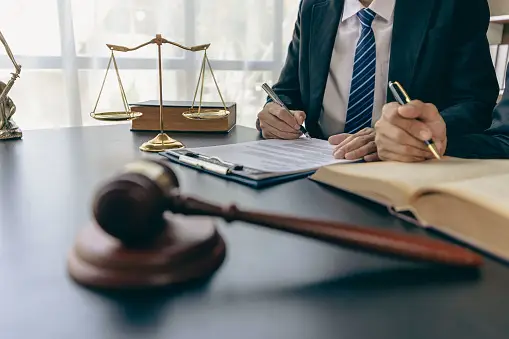
Harassment in the Digital Era: Legal Challenges and Solutions
October 2, 2024
The UK Government Announces plans for Flexible Working – The End of Productivity or The Beginning of a New Era of Worker Rights?
October 4, 2024Anyone who has been involved in a car accident will know how traumatic an experience this can be. In addition to the damage to their vehicle, they may also be left with painful injuries that can adversely impact other areas of their life.
Their injuries may hinder their ability to return to work, resulting in a decrease in their income which may continue into the long-term affecting their overall earning potential. The need for ongoing medical treatment can further diminish their financial stability, and coupled with the emotional impact of the accident, these factors can greatly affect their quality of life.
Fortunately, personal injury laws provide a remedy for individuals who have been injured through the fault of another. In the case of a car accident, an individual can seek compensation for their injuries and losses by filing a personal injury claim against the responsible party. In this article, we will review some key types of evidence that are essential in helping plaintiffs build a strong car accident claim.
Police Reports
Individuals are required to file a police report after an accident. This will typically be filled out by the officer who arrives at the scene and will contain key information such as the location of the accident, statements from witnesses, a description of the damage as well as any apparent injuries.
A police report may also include a statement from the officer regarding which party is likely to be at fault. This assessment can be influential when it comes to determining liability in a claim. By obtaining a copy of this report, a plaintiff can present evidence from a trustworthy and impartial third party that can help support their claim.
Medical Records
By seeking medical attention following their accident, a plaintiff can safeguard their health and also strengthen their claim. Medical records can provide key evidence that corroborates their injuries and links them to the accident. This is crucial in a personal injury claim as the legal element of causation must be present which requires that the plaintiff’s injuries were a direct result of the defendant’s negligence.
Medical records can also fend off the defense of ‘pre-existing conditions’, often raised by the defendant to deny liability on grounds that the plaintiff’s injuries were already present before the accident and did not arise due to their actions.
Photographs and Videos
Visual evidence in the form of photographs and videos can serve as powerful evidence in a car accident claim. This may include images from traffic cameras that reveal one party was speeding or footage from a dashcam that captures the moments leading up to and during the impact.
This type of evidence can be especially helpful in complex cases where it is not immediately clear which party was at fault. For example, accident reconstruction engineers and other experts can use this evidence to piece together the chain of events leading up to the accident and arrive at a clear conclusion as to where the fault lies.
Supporting evidence is key to building a strong car accident claim. By working with a personal injury lawyer, plaintiffs can gather the evidence they need to recover the compensation they are entitled to.





